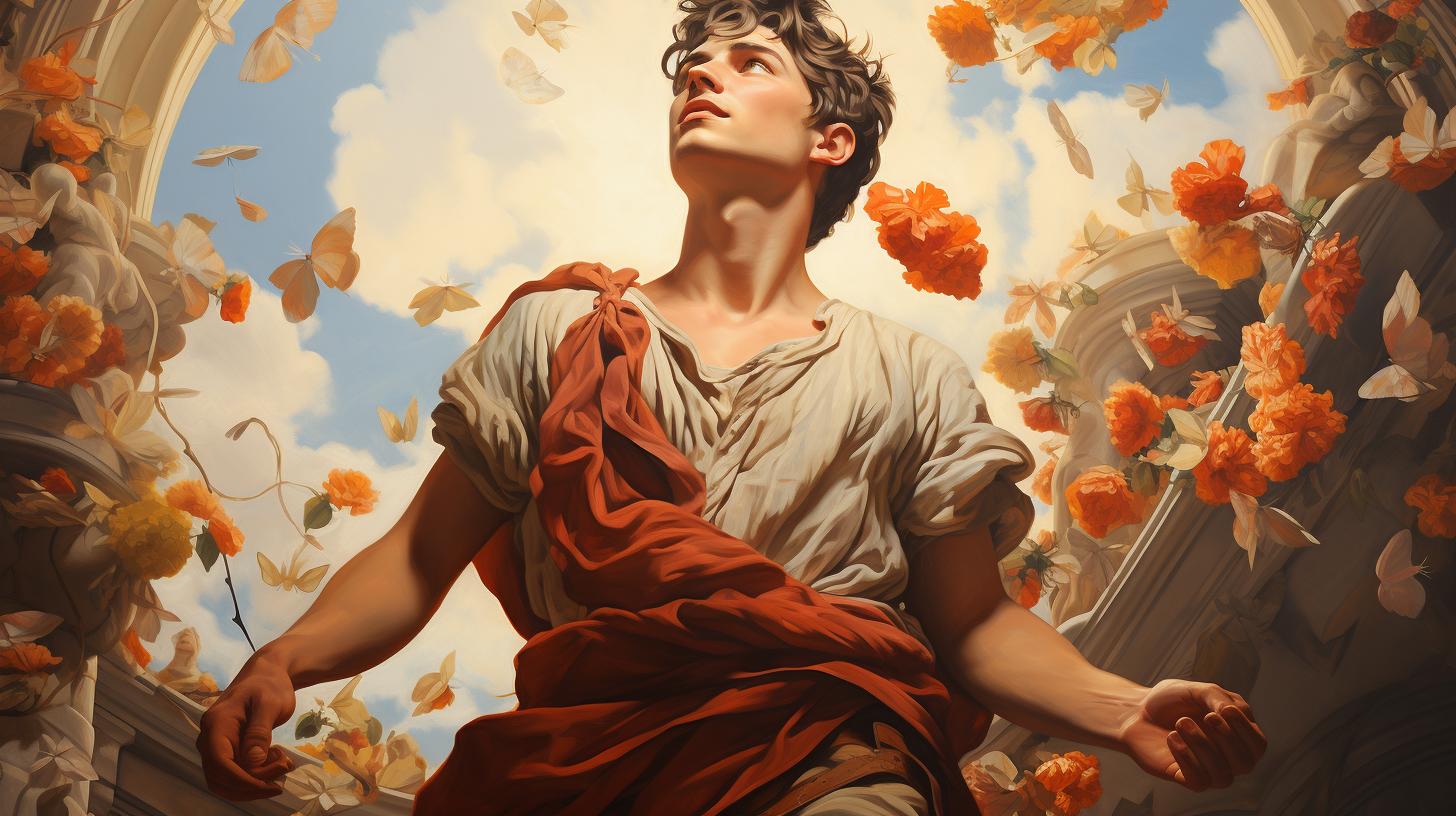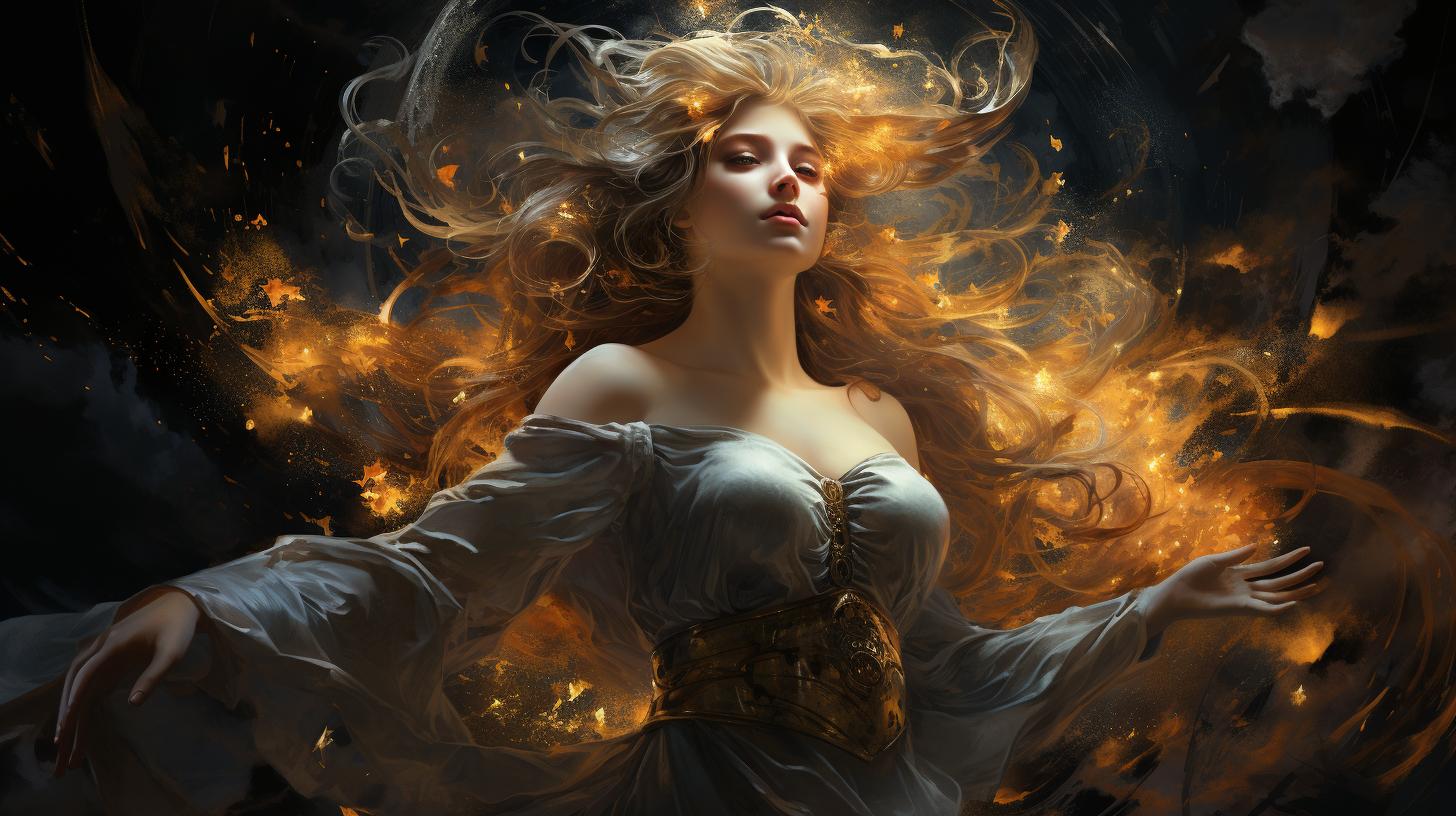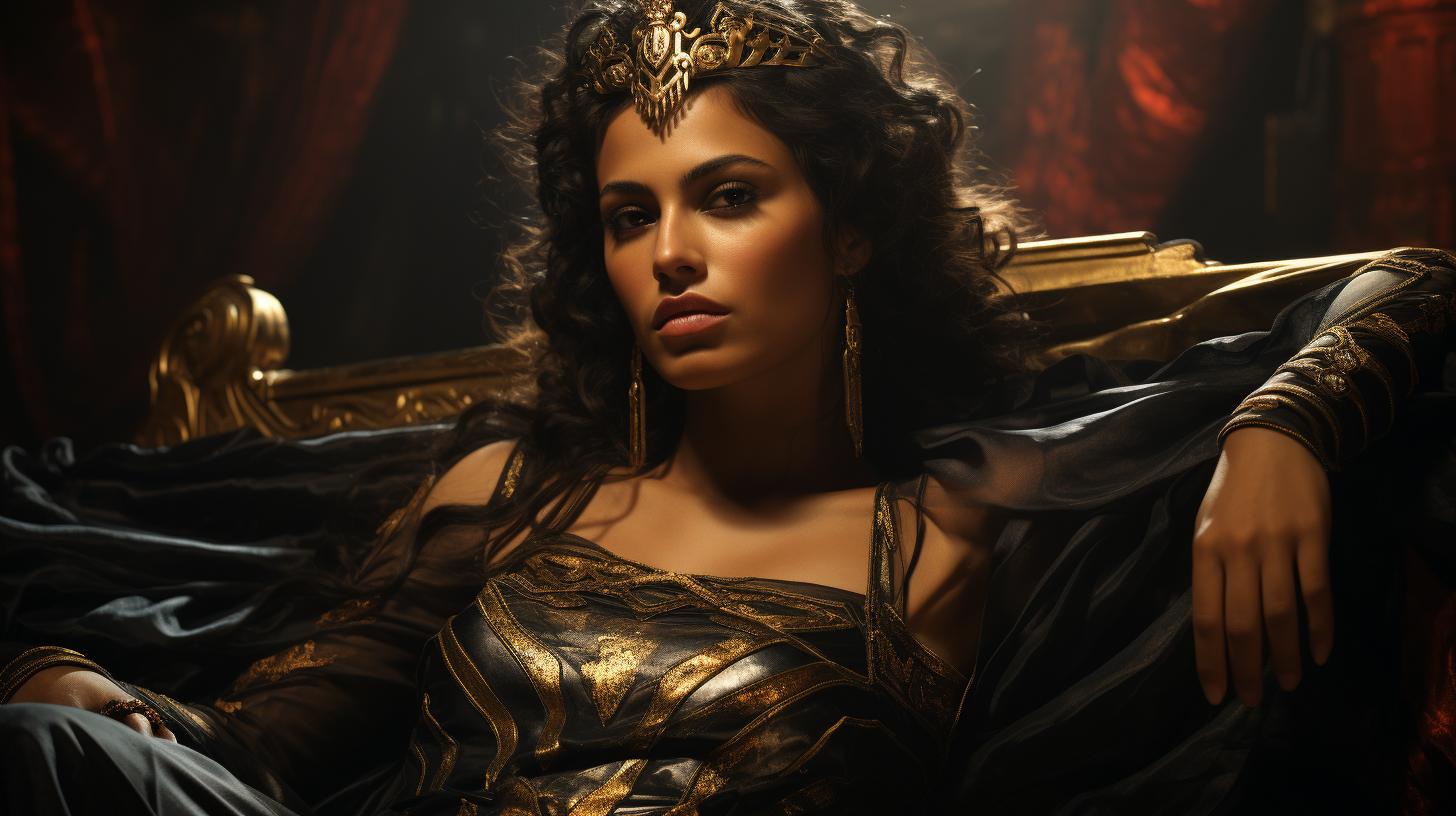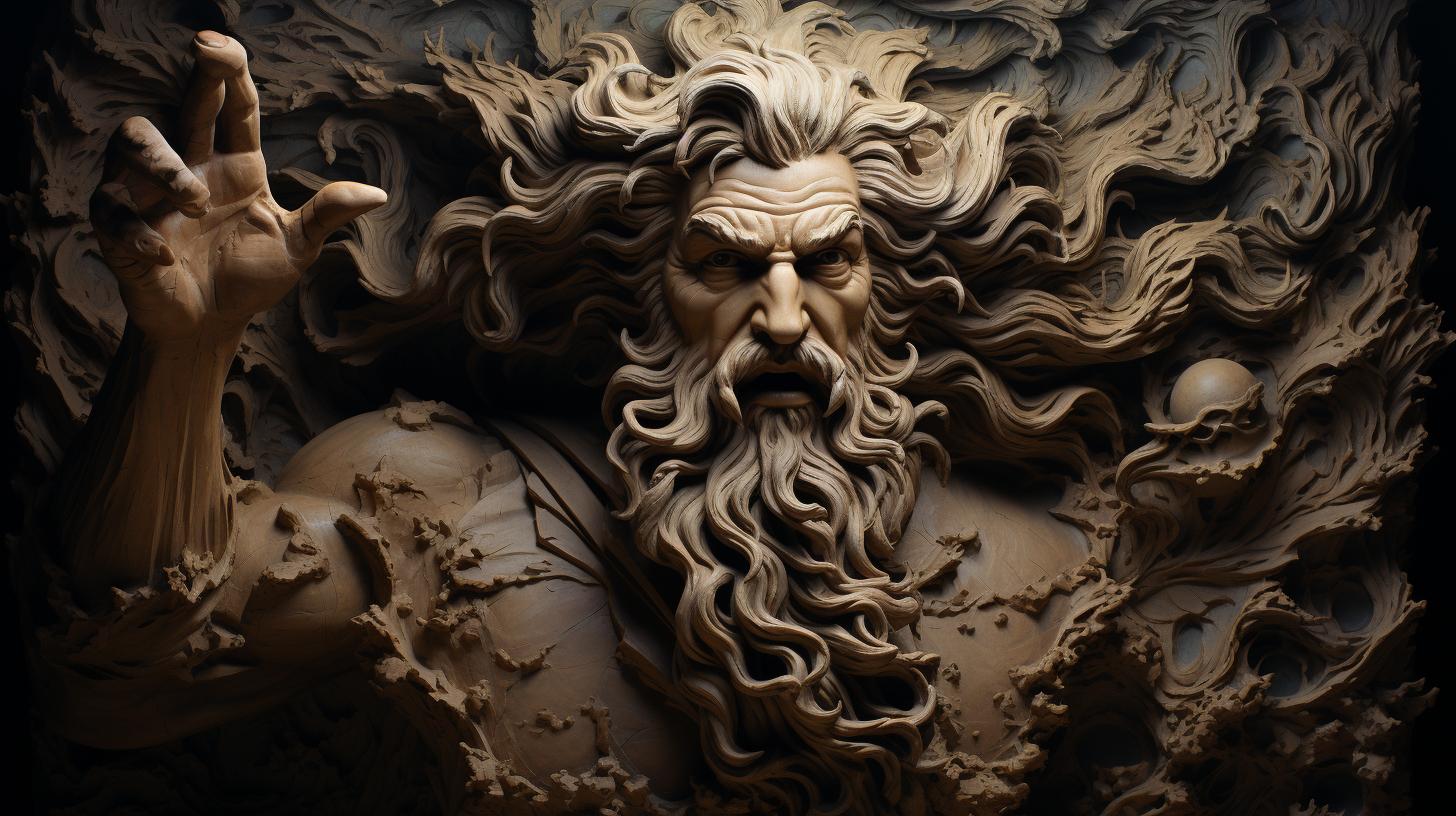Cerus Greek Mythology: Unveiling the Ancient Legends from Greece
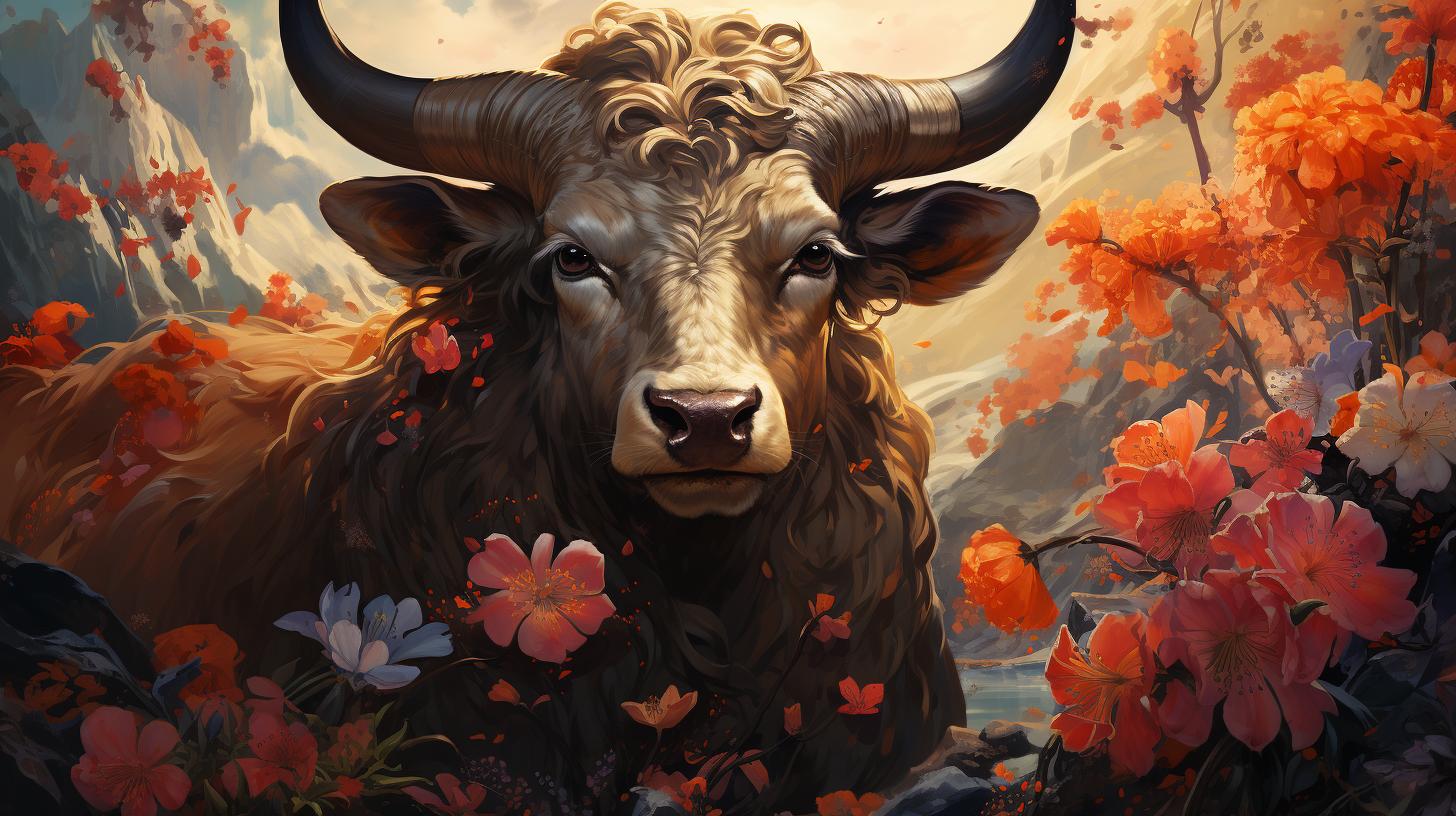
Cerus Greek mythology delves into the ancient legends that have captured the imagination for centuries. Explore the origins of Cerus in Greek mythology, including the captivating tales of Zeus and Europa.
Uncover the symbolism of the Tauro constellation, with its celestial elements like Aldebarán, Híades, and Pléyades. Discover the role of Caerus, the personification of opportunity, and its significance in Greek religious beliefs.
Connect the dots between Cerus and Ceres, exploring the intersection of Greek and Roman mythology. Finally, explore the lasting impact of Cerus Greek mythology on ancient art, literature, and culture.
Cerus Greek Mythology: Exploring the Ancient Legends
Welcome to the fascinating world of Cerus Greek mythology, where ancient legends come to life. In this section, we delve into the origins, stories, and symbolism surrounding Cerus, a mythical figure of great significance in Greek mythology.
Through exploring the tales of Zeus and Europa, as well as the enchanting story of Cerus and Perséfone, we unravel the captivating narratives that have been passed down through generations.
The Origins of Cerus in Greek Mythology
Deep within the realms of Greek mythology lies the intriguing origin of Cerus. This mythical creature, known for its size and strength, captivates the imaginations of all who encounter its legend.
By discovering the mythical roots and ancient beliefs surrounding Cerus, we gain a deeper understanding of the significant role this creature has played in Greek culture.
The Story of Zeus and Europa
One of the most famous tales in Greek mythology is the story of Zeus and Europa.
In an act of divine love, Zeus transforms into a magnificent white bull to whisk Europa away to the island of Creta. Their union gives rise to a lineage that leaves an indelible mark on the realms of both gods and mortals.
Join us as we explore the intricate details and mesmerizing symbolism woven into this timeless legend.
The Tale of Cerus and Perséfone
Within the realm of Greek mythology, the tale of Cerus and Perséfone holds a special place. It is a story of an untamed wild bull who finds solace and guidance through the gentle touch of the goddess of spring, Perséfone.
Together, they embark on a journey across fertile lands, breathing life into flora and stirring the hearts of those who witness their bond. Discover the enchanting tale of Cerus and Perséfone and the profound impact it has had on Greek mythology.
Unraveling the Symbolism of Tauro Constellation
Tauro: The Ancient Constellation in Greek Mythology
The Tauro constellation holds great significance in Greek mythology, representing various legendary tales and celestial phenomena. As an ancient constellation, it has captivated the human imagination for centuries. Tauro is believed to depict the shape of a bull, symbolizing power, strength, and fertility.
Its origins can be traced back to the mythological stories of Zeus, Europa, and Cerus.
Aldebarán: The Bright Eye of Tauro
At the heart of the Tauro constellation lies Aldebarán, a prominent star known as the “Bright Eye.” With its distinctive reddish glow, Aldebarán has mesmerized stargazers throughout history. Located approximately 65 light-years away from Earth, this giant red star adds to the allure and allure of the Tauro constellation.
Híades and Pléyades: Star Clusters within Tauro
Within the boundaries of the Tauro constellation, we find two well-known star clusters, Híades and Pléyades. These clusters consist of numerous stars that form intricate patterns in the night sky. Híades is a cluster composed of several hundred stars, while Pléyades, also known as the Seven Sisters, is a compact group of hot, young stars.
Both clusters contribute to the captivating beauty of the Tauro constellation.
The Nebulosa del Cangrejo: A Spectacular Stellar Phenomenon
Embedded within the Tauro constellation, we encounter the Nebulosa del Cangrejo, an awe-inspiring stellar phenomenon. This nebula is the remnant of a massive supernova explosion that occurred in the year 1054 AD.
Its vibrant colors and intricate patterns make it a fascinating subject for astronomers and stargazers alike. The Nebulosa del Cangrejo stands as a testament to the intricate cosmic events that shape the wonders of the universe.
In conclusion, the Tauro constellation and its captivating symbolism have fascinated human beings for millennia. From the ancient myths of Zeus and Europa to the celestial wonders of Aldebarán and the star clusters Híades and Pléyades, the Tauro constellation offers a glimpse into the rich tapestry of Greek mythology and the awe-inspiring marvels of the night sky.
Exploring the Role of Caerus in Greek Mythology
Delving into the captivating world of Greek mythology, we uncover the intriguing role of Caerus, the personification of opportunity. Represented as a young god with wings on his feet, Caerus carries a razor-sharp knife or a perfectly balanced scale, symbolizing the fleeting moment when opportunities arise and vanish.
This section explores the characteristics and symbolism associated with Caerus, shedding light on his significance in ancient Greek religious beliefs and iconography.
Caerus: The Personification of Opportunity
In Greek mythology, Caerus embodies the concept of seizing advantageous moments. Believed to be the son of Zeus, Caerus personifies the ideal timing to grasp success, fortune, and prosperity.
Revered as a deity rather than a mere allegory, Caerus held a significant place in ancient Greek culture, exemplifying the importance of seizing opportunities at their prime.
The Characteristics and Symbolism of Caerus
Caerus, with his wings on his feet, epitomizes the swiftness and ephemerality of favorable occasions.
His razor-sharp knife or balanced scale represents the delicate balance between seizing and missing opportunities. This symbolism emphasizes the importance of recognizing and acting upon the precise moment when circumstances align favorably, as it may determine one’s fate and future path.
Caerus in Religious Beliefs and Iconography
Caerus held a prominent position in ancient Greek religious beliefs, worshipping him as a divine figure associated with propitious timing. An altar dedicated to Caerus stood near the entrance of the Olympia stadium, further emphasizing his sacred status.
Notable depictions of Caerus include a bronze sculpture crafted by the Greek sculptor Lysippus and a marble relief in Trogir, Croatia, portraying a youthful figure in motion.
As we explore the enigmatic world of Cerus Greek mythology, the role of Caerus unveils itself as a captivating aspect of ancient Greek beliefs.
By understanding Caerus’ significance, characteristics, and representation in religious practices and art, we gain deeper insight into the intricate tapestry of Greek mythology.
Connecting Cerus and Ceres: The Intersection of Greek and Roman Mythology
In this section, we explore the fascinating connection between Cerus and Ceres, two influential figures in Greek and Roman mythology.
Both Cerus and Ceres hold significant roles in their respective cultures, representing various aspects of life and the natural world.
Ceres: The Goddess of Agriculture and Fertility
Ceres, known as Demeter in Greek mythology, is revered as the goddess of agriculture, fertility, and harvest. She symbolizes the bountiful abundance of the earth, sustaining life through the cultivation of crops and the nurturing of nature herself.
The ancient Romans honored Ceres through rituals, offerings, and festivals, seeking her blessings for a fruitful harvest and prosperous agricultural practices.
The Similarities and Differences Between Cerus and Ceres
While Cerus and Ceres share a common thread of representing aspects of nature and life, their specific roles and origins differ.
Cerus, associated with Greek mythology, embodies the powerful presence of a wild and untamed bull that formed a bond with Perséfone. On the other hand, Ceres, a prominent figure in Roman mythology, emerges as the personification of fertility and the agricultural cycle.
Despite their distinct mythological backgrounds, Cerus and Ceres both carry symbolism related to the natural world, abundance, and the interconnectedness of life and the environment. Both deities emphasize the importance of nurturing and sustaining the earth for the well-being and prosperity of humanity.
The Significance of Ceres in Roman Culture
In ancient Roman culture, Ceres held immense significance as the goddess of agriculture and fertility. She was not only associated with the productivity of the land but also connected to the institution of marriage and the regulation of agricultural laws.
The Romans believed that by appeasing Ceres through rituals and offerings, they could ensure the success of agricultural endeavors and secure their food supply.
Ceres’ influence extended beyond agriculture, as she was also associated with the growth and nurturing of human life.
She was revered as a protector of newborns, embodying the cycle of birth and rebirth. The Romans honored Ceres through a variety of traditions and festivals, recognizing her as a vital force in their society.
With their unique characteristics and cultural significance, Cerus and Ceres serve as important links between Greek and Roman mythology, representing the enduring connections between the two ancient civilizations and their reverence for the natural world.
The Influence of Cerus Greek Mythology on Ancient Art and Culture
Throughout ancient history, Cerus Greek mythology has left an indelible mark on various forms of artistic expression and cultural practices. From depictions in ancient art and literature to its influence on architectural and sculptural artifacts, Cerus Greek mythology continues to resonate through the ages, shaping our understanding of ancient civilizations and their beliefs.
Depictions of Cerus and Tauro in Ancient Art
Ancient artists found inspiration in the captivating tales of Cerus and Tauro, and their depictions can be found in a plethora of ancient artworks. Paintings, sculptures, and pottery showcase the graceful form of Cerus and the powerful presence of Tauro.
These artistic expressions not only conveyed the myths but also served as a visual representation of the cultural significance and reverence for these divine figures.
Cerus Greek Mythology in Ancient Greek and Roman Literature
Woven into the fabric of ancient Greek and Roman literature, Cerus Greek mythology spurred countless narratives and poetic verses.
Poets delicately crafted verses that brought to life the exploits of Cerus and his interactions with gods and mortals alike. The tales of Cerus and Tauro were not merely stories, but moral lessons, metaphors, and sources of inspiration for ancient authors seeking to explore themes of love, power, and the human condition.
Cerus Greek Mythology in Architectural and Sculptural Artifacts
The enduring legacy of Cerus Greek mythology can be witnessed in the architectural marvels and sculptural artifacts of ancient civilizations. Temples, palaces, and public spaces featured intricate reliefs and statues that depicted scenes from Cerus myths, serving as a constant reminder of the divine presence and cultural importance of these ancient stories.
The craftsmanship exhibited in these artifacts showcases the skill and devotion of ancient artists in preserving the tales of Cerus for generations to come.
The Enduring Legacy of Cerus Greek Mythology in Modern Culture
Even in modern times, the influence of Cerus Greek mythology can be felt across various aspects of culture.
Its themes continue to inspire contemporary literature, films, and artworks, as well as serve as a rich source of inspiration for mythological studies and academic research. The eternal allure of Cerus Greek mythology lies in its ability to transcend time and captivate the imagination of people from different eras, ensuring that the legends of Cerus and Tauro are cherished and celebrated for generations to come.
.











